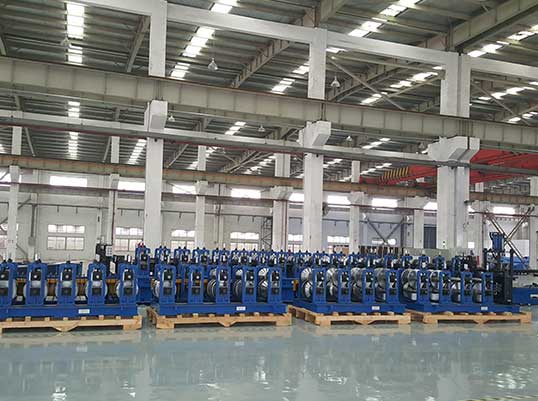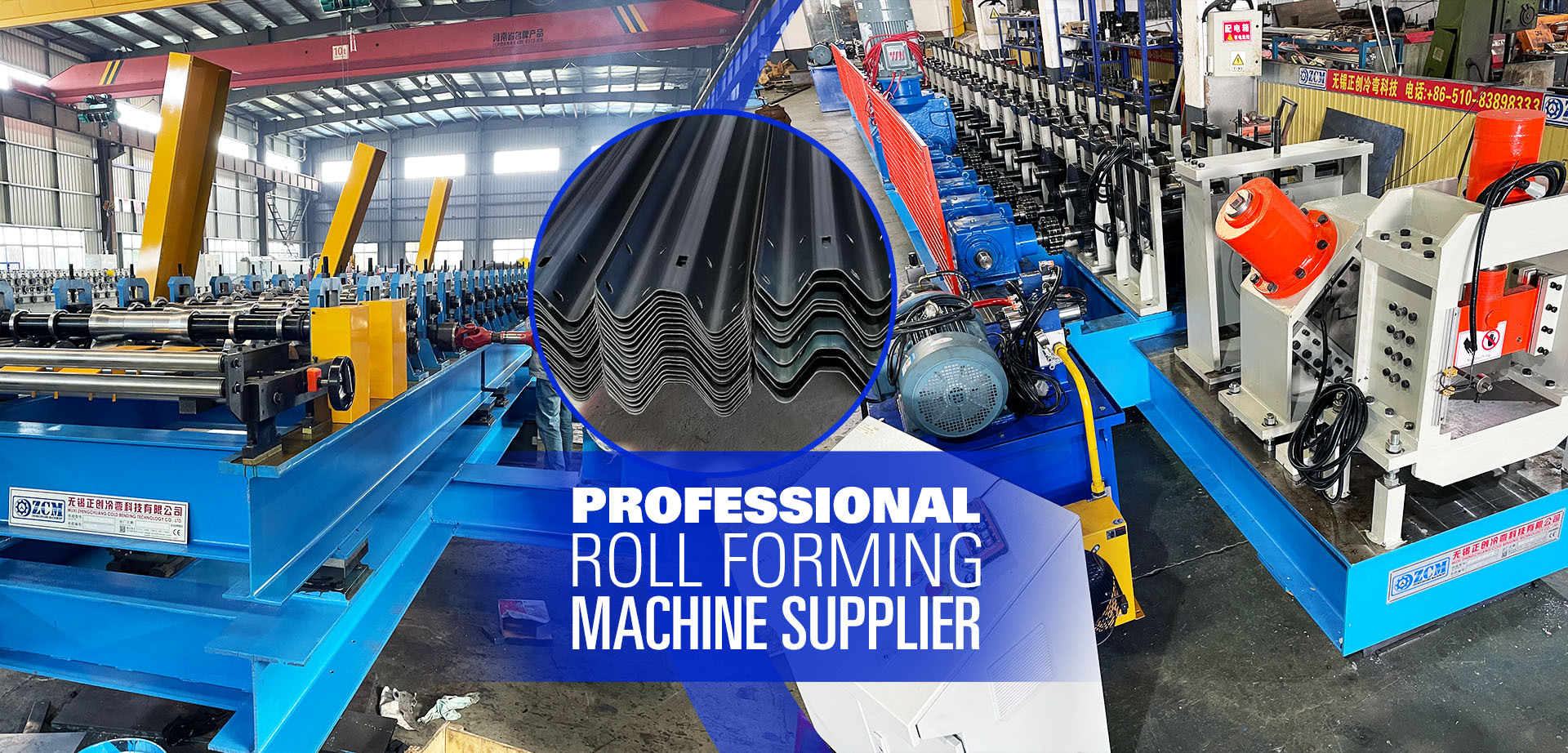Navigation Menu
Contact Us
- Email:
- info@wxavatar.com
- Address:
- Yurong Village, Yuqi Street, Huishan District, Wuxi, China.
Release Date:Jun 21, 2025 Visit:43 Source:Roll Forming Machine Factory
Safety has always been a critical concern in the railroad industry. With growing demands for reliable and efficient transportation, manufacturers are continuously working to improve the safety features of railroad components. But what specific advancements are being introduced to enhance the overall safety of rail systems?

Real-Time Monitoring Systems
One of the most significant safety improvements is the integration of real-time monitoring systems into railroad components. Sensors are now commonly installed in wheels, axles, brakes, and other key parts to continuously track temperature, pressure, vibration, and other performance indicators. These systems can detect early signs of wear, misalignment, or mechanical issues, allowing for timely maintenance before failures occur.
Enhanced Braking Technologies
Modern braking systems in railroad equipment are becoming more advanced to provide improved stopping control. Technologies such as electronically controlled pneumatic brakes (ECP) offer faster and more balanced braking across multiple railcars. This contributes to safer train operations, especially in long or high-speed rail setups.
Improved Material Design
Railroad component manufacturers are using stronger and more wear-resistant materials to improve the durability and safety of essential parts. Enhanced steel compositions and specialized surface treatments help reduce the risk of part failure under heavy loads or extended use, improving the overall reliability of rail systems.
Crash-Resistant Component Structures
Safety-focused designs are being applied to key components such as couplers and buffers. These parts are now being engineered to better absorb impact forces during sudden stops or collisions. By improving the energy absorption capacity of railroad components, the potential for equipment damage and personal injury can be reduced during accidents.
Smart Track and Wheel Interaction
New alignment technologies are helping to ensure safer contact between train wheels and rails. Precision in wheel and track geometry reduces excessive vibration, minimizes derailment risks, and improves smoothness in operation. Accurate track and wheel alignment also contributes to extending component service life.
Automated Inspection Systems
Automated track and component inspection systems are becoming an important part of safety maintenance. Using high-speed cameras, laser scanning, and ultrasonic testing, these systems can quickly detect cracks, surface damage, and alignment issues without interrupting rail operations. Automated inspections improve safety by ensuring that defects are identified and repaired promptly.
Anti-Slip Coatings and Improved Gripping
Some railroad components, such as steps, handrails, and walkways, are now designed with anti-slip coatings or improved surface textures. These enhancements contribute to safer working conditions for railway personnel during inspections, maintenance, or daily operations.

Conclusion
The railroad industry is actively integrating safety advancements into both rolling stock and track components. Real-time monitoring, advanced braking systems, improved materials, crash-resistant designs, and automated inspections are just some of the key improvements enhancing the safety of modern rail systems. As technology continues to progress, these developments are expected to play an even greater role in supporting safer and more reliable railway operations.